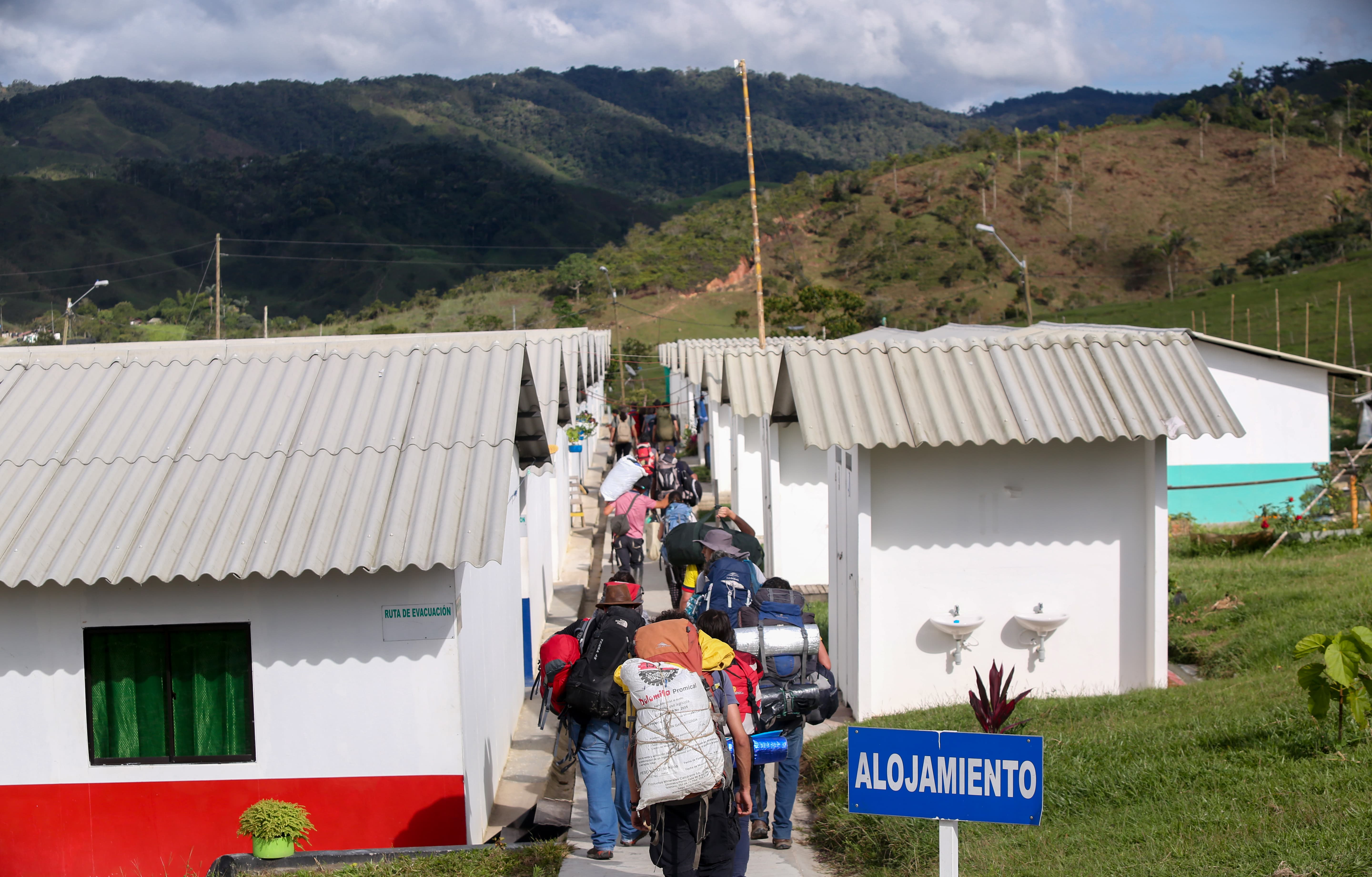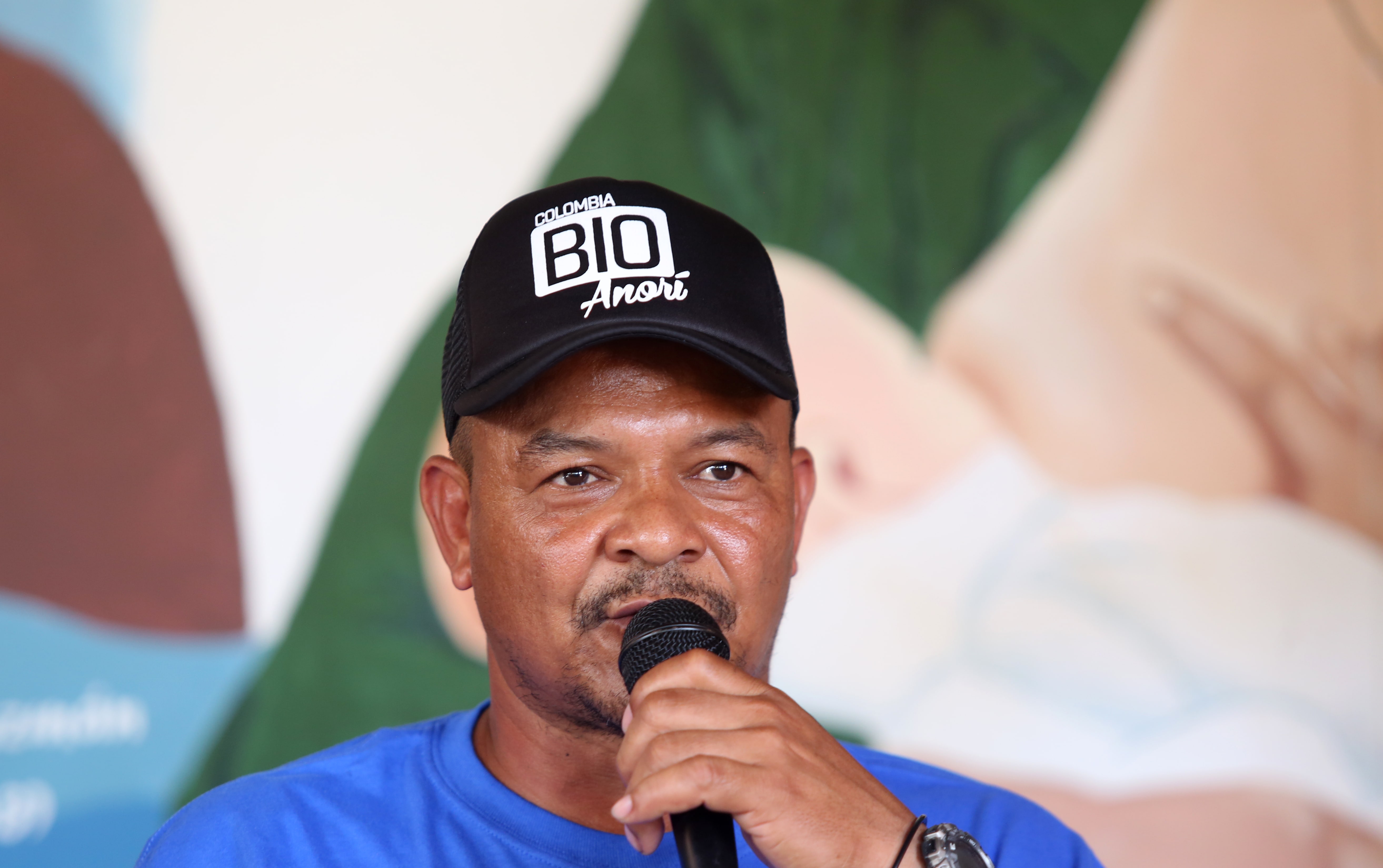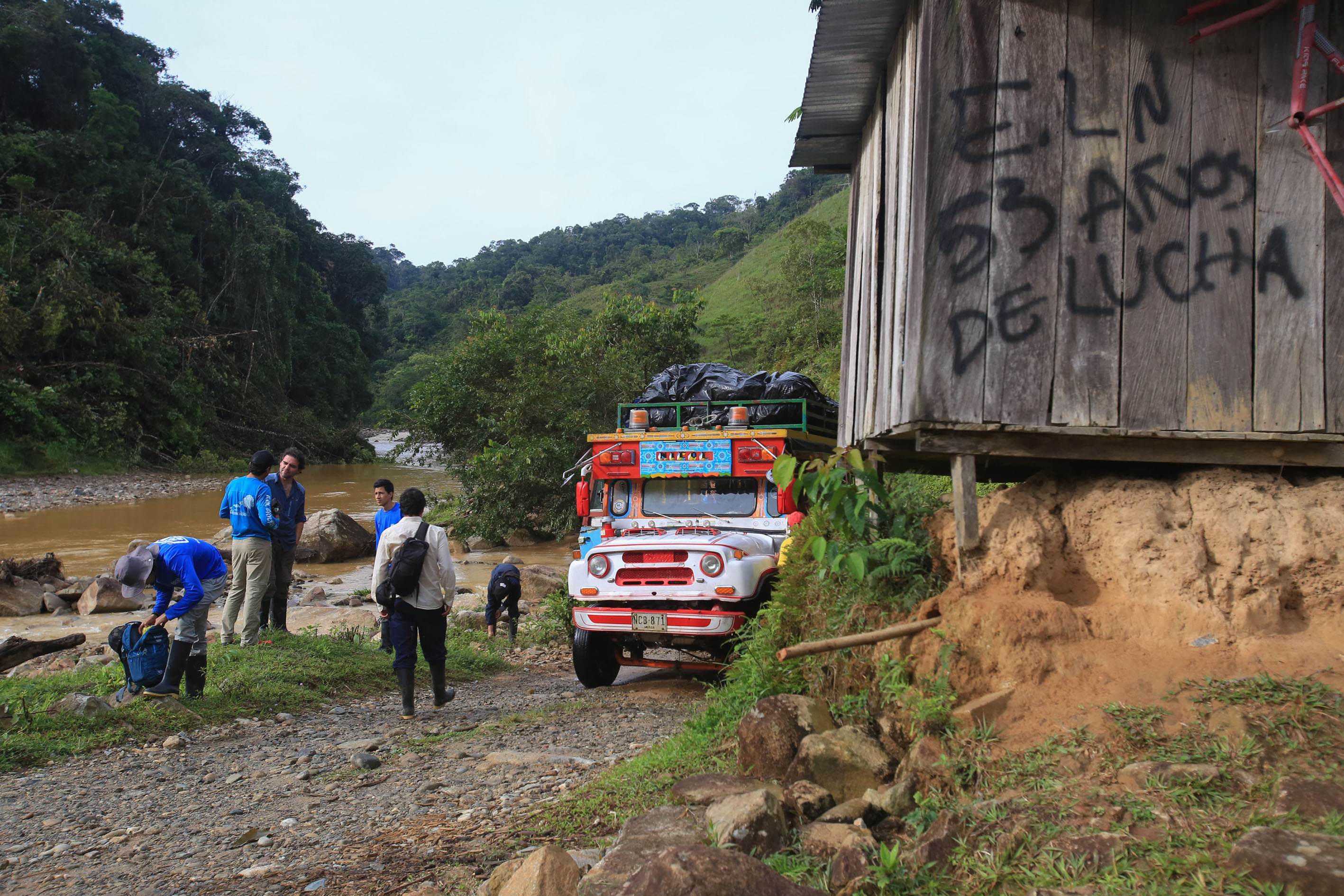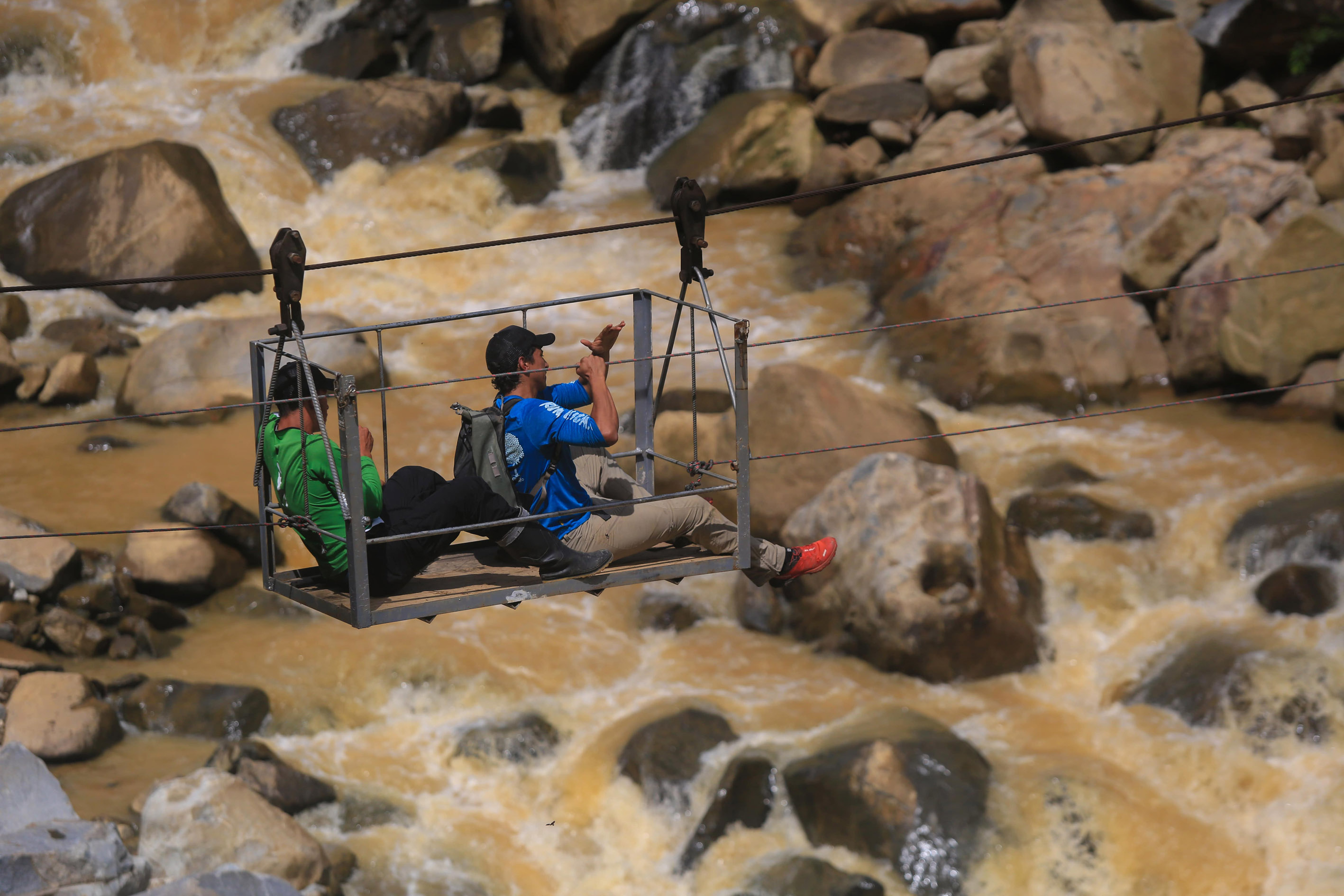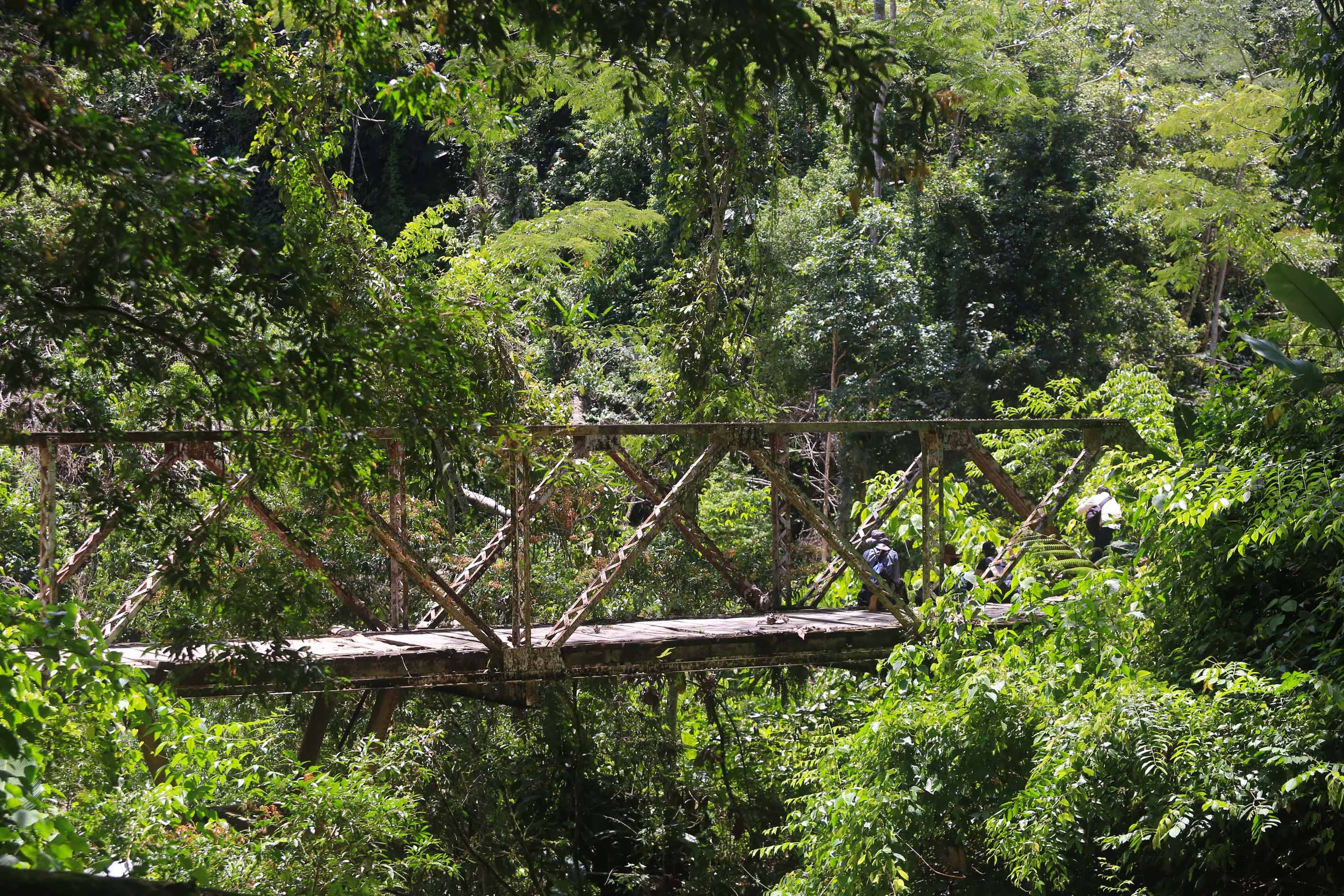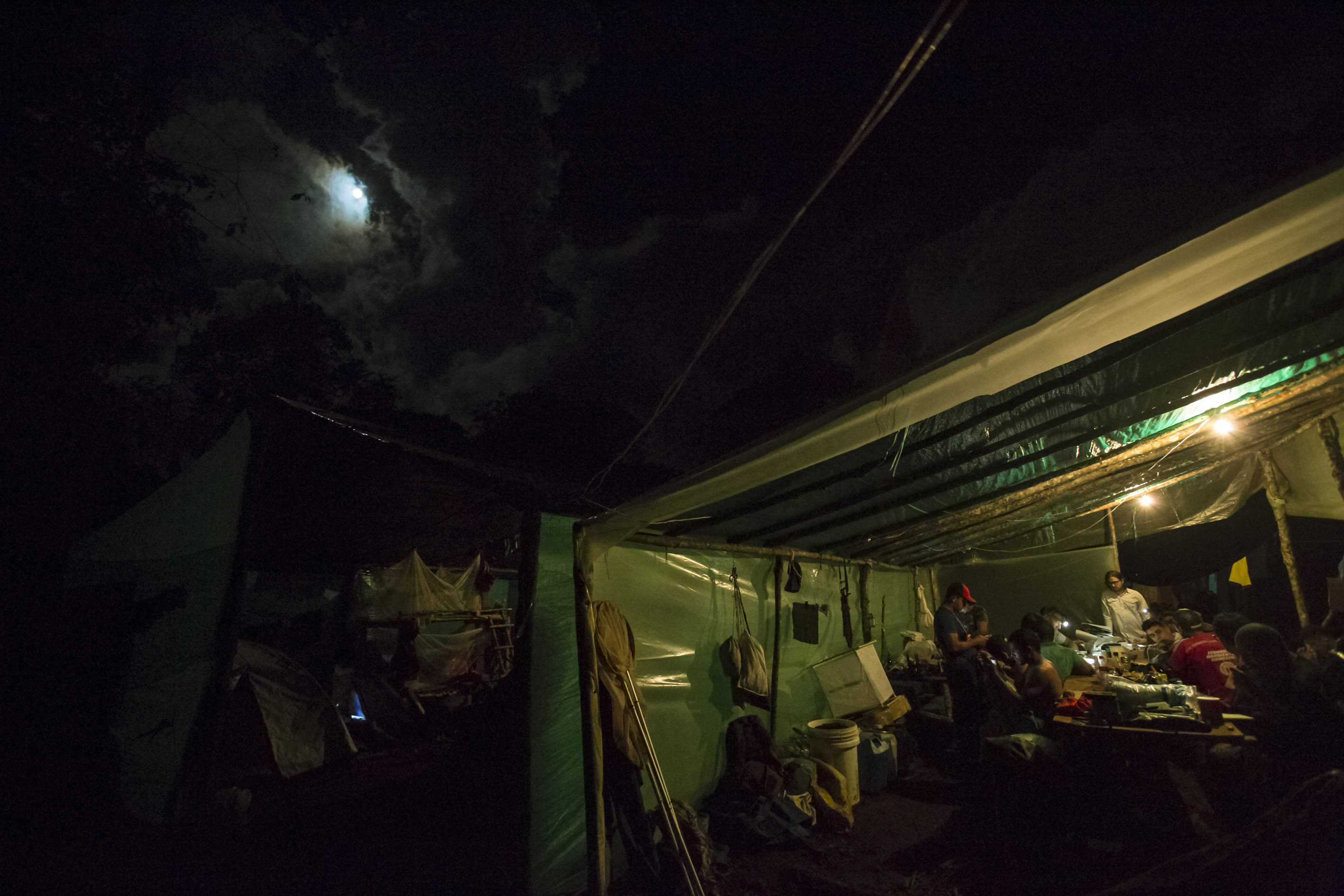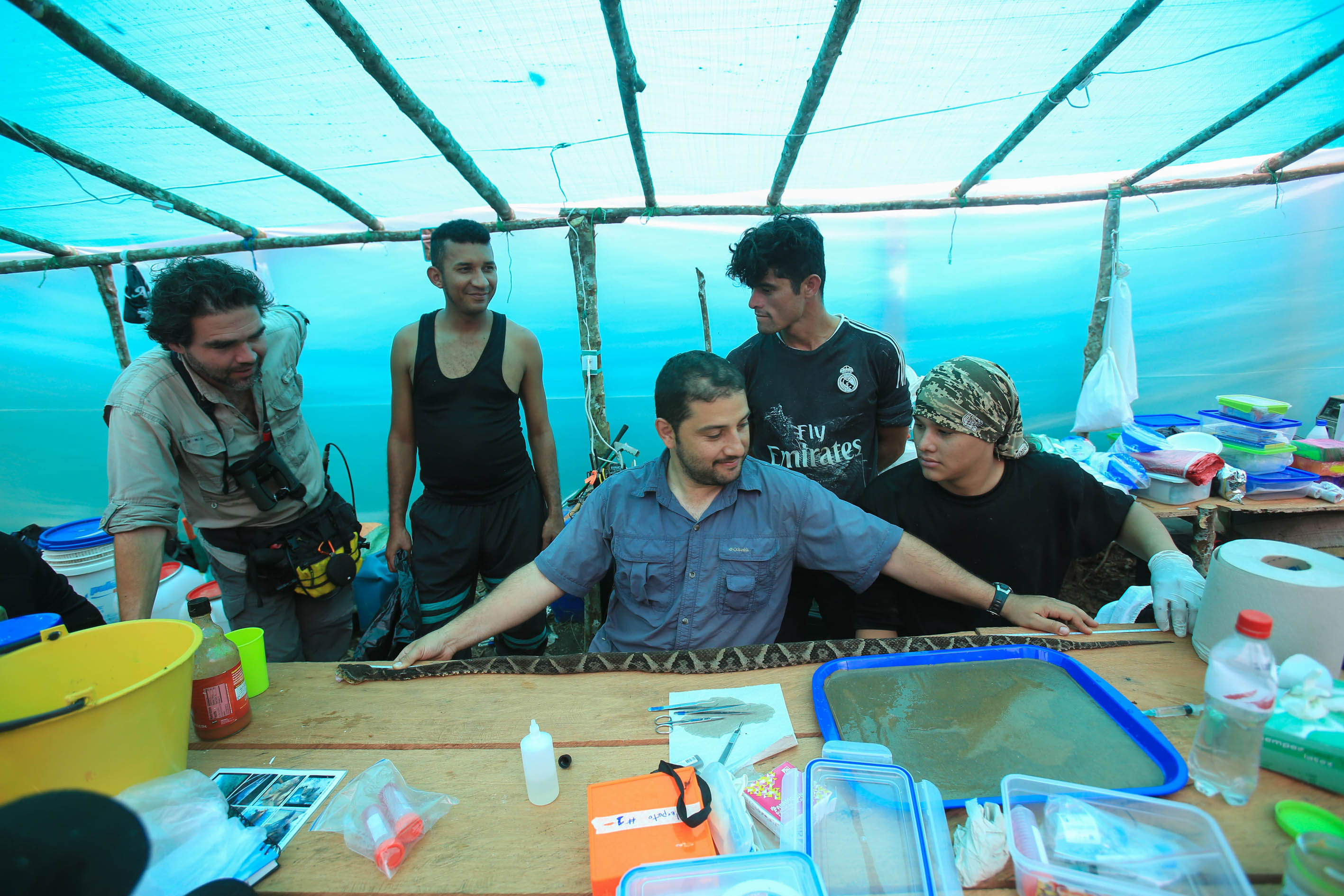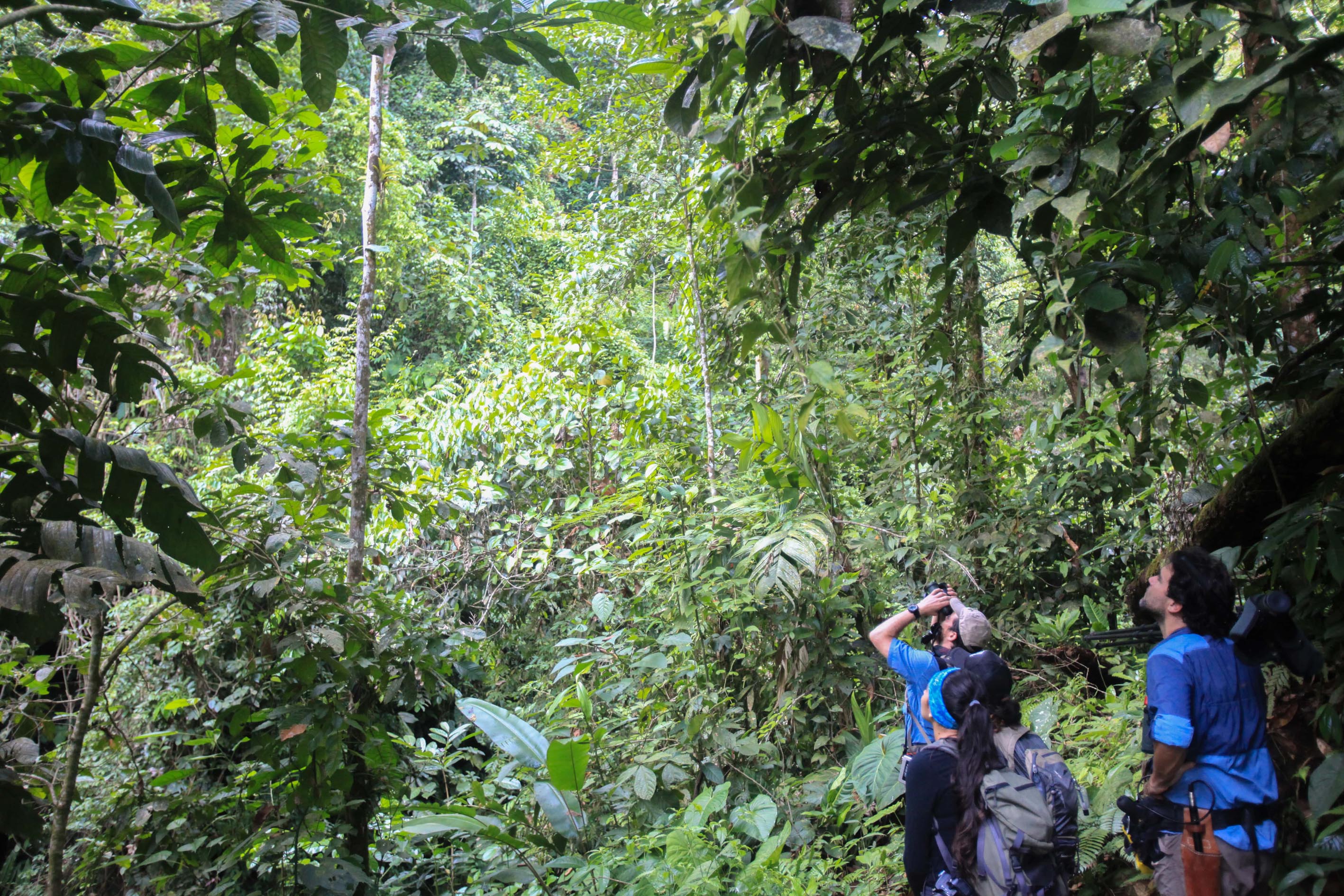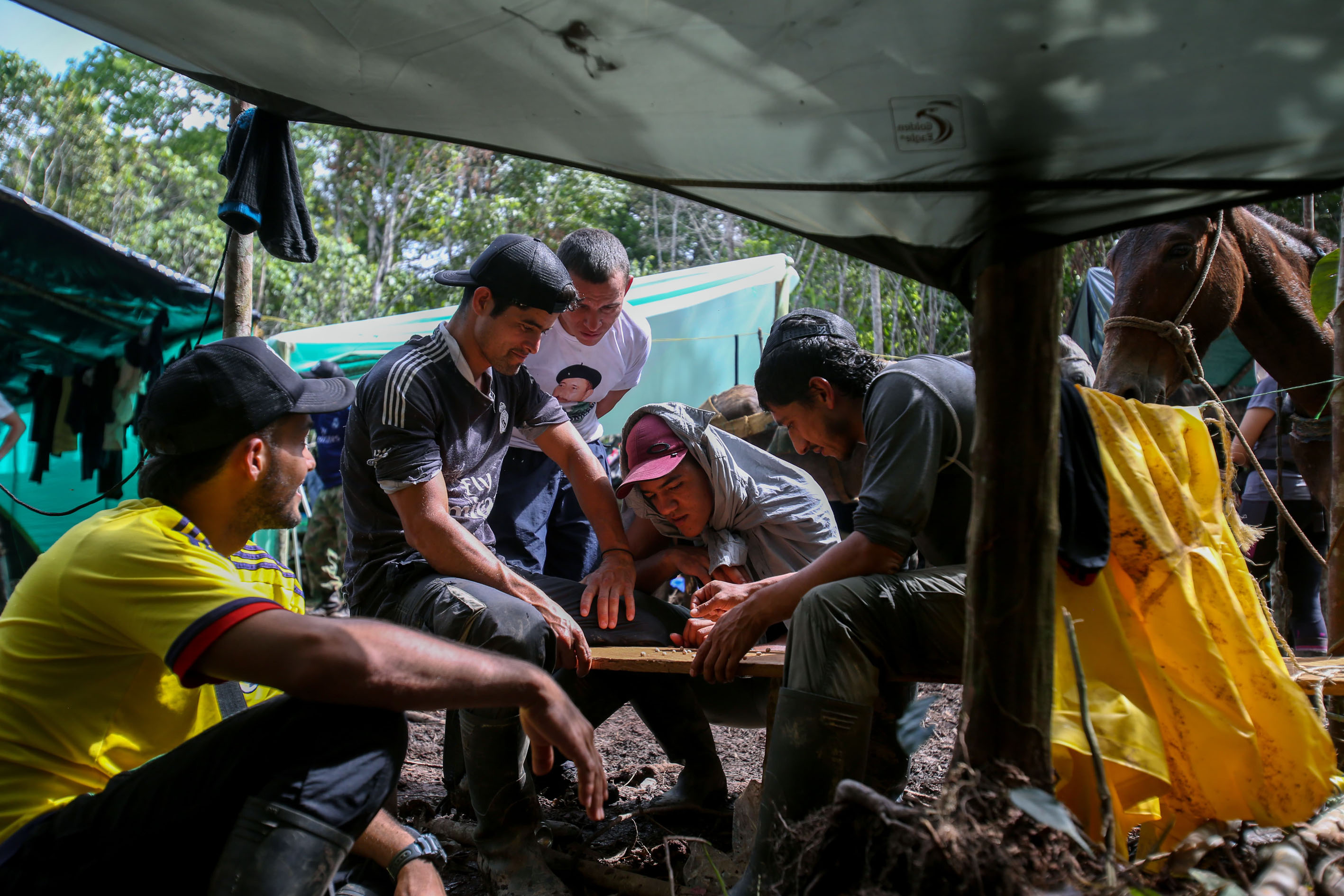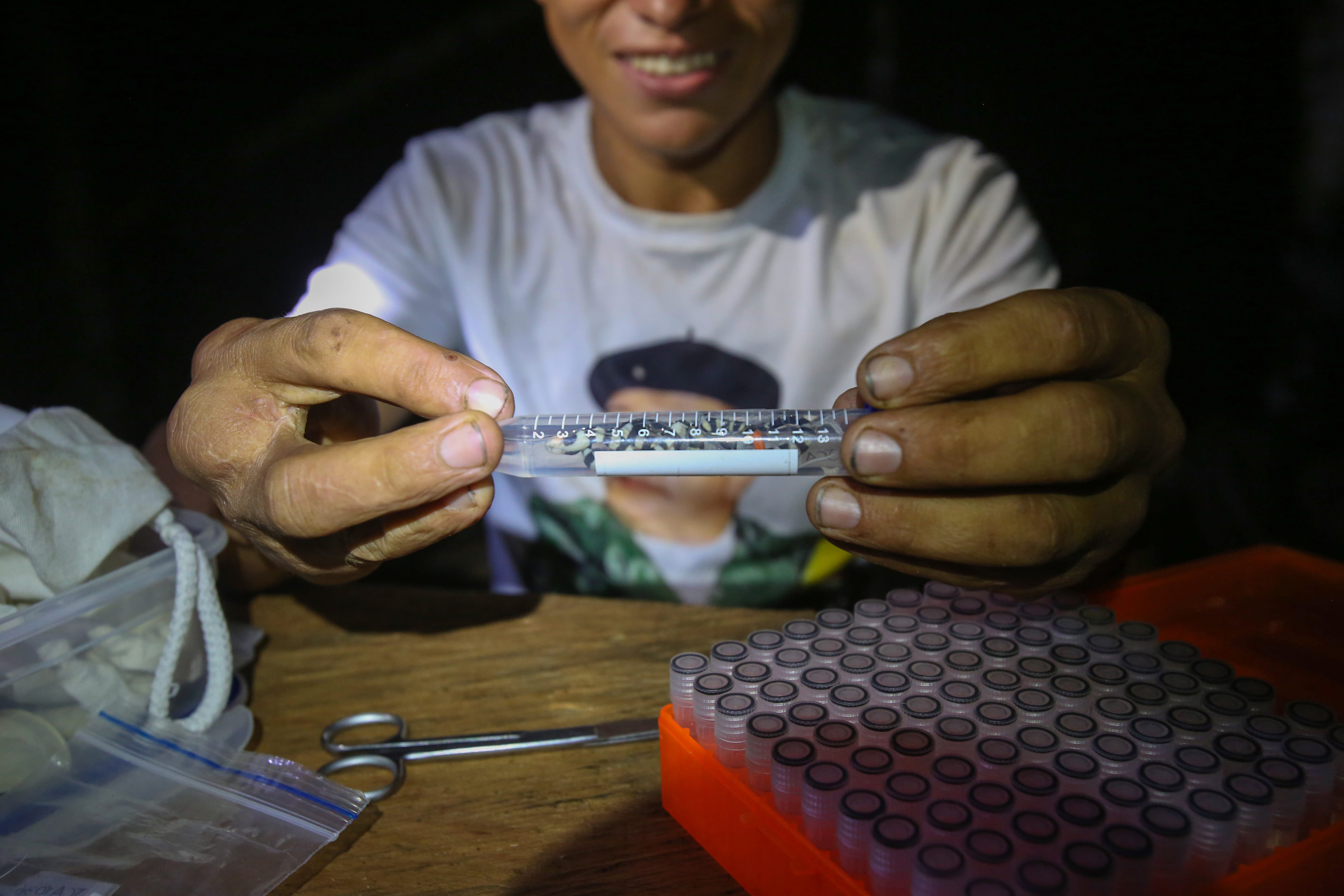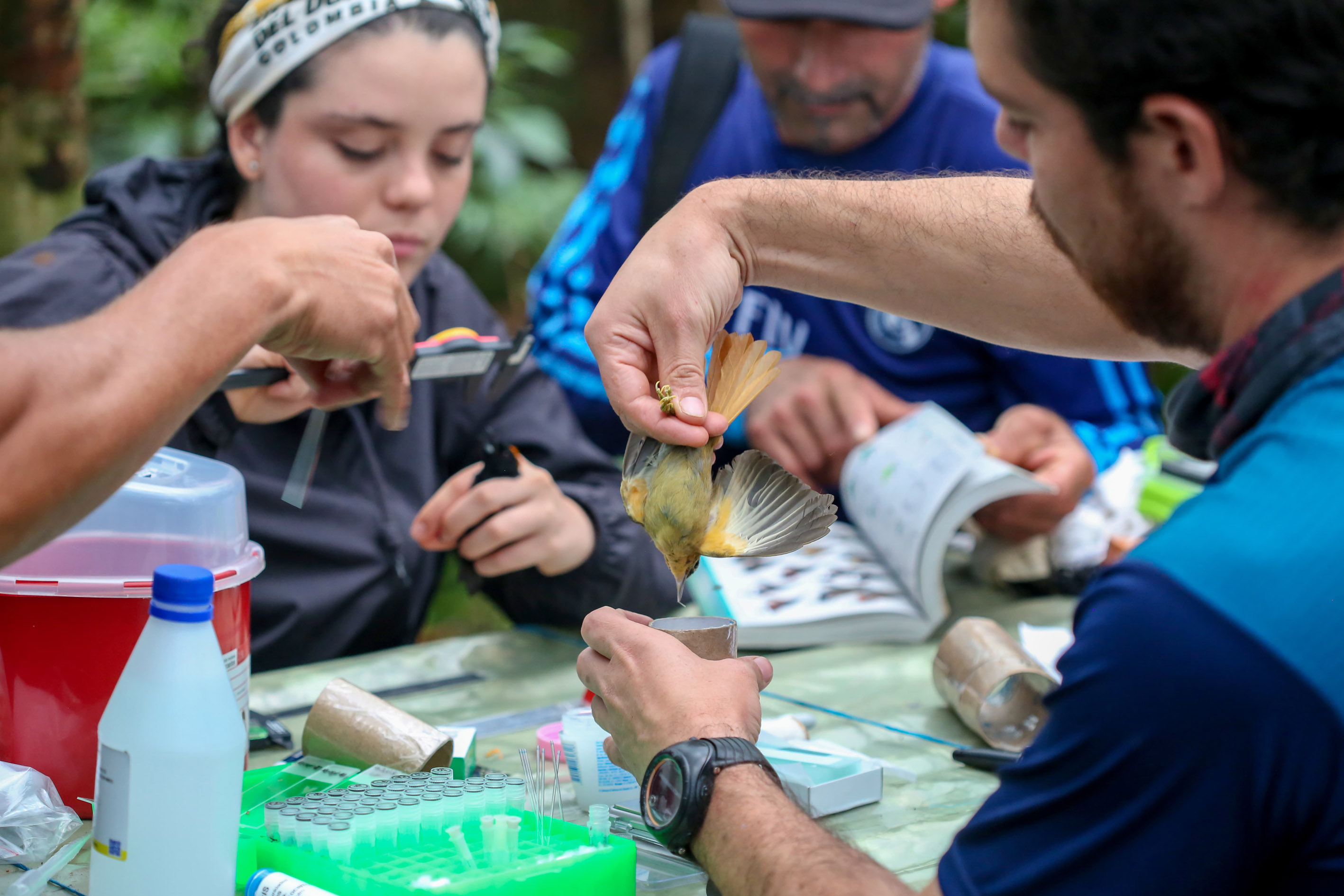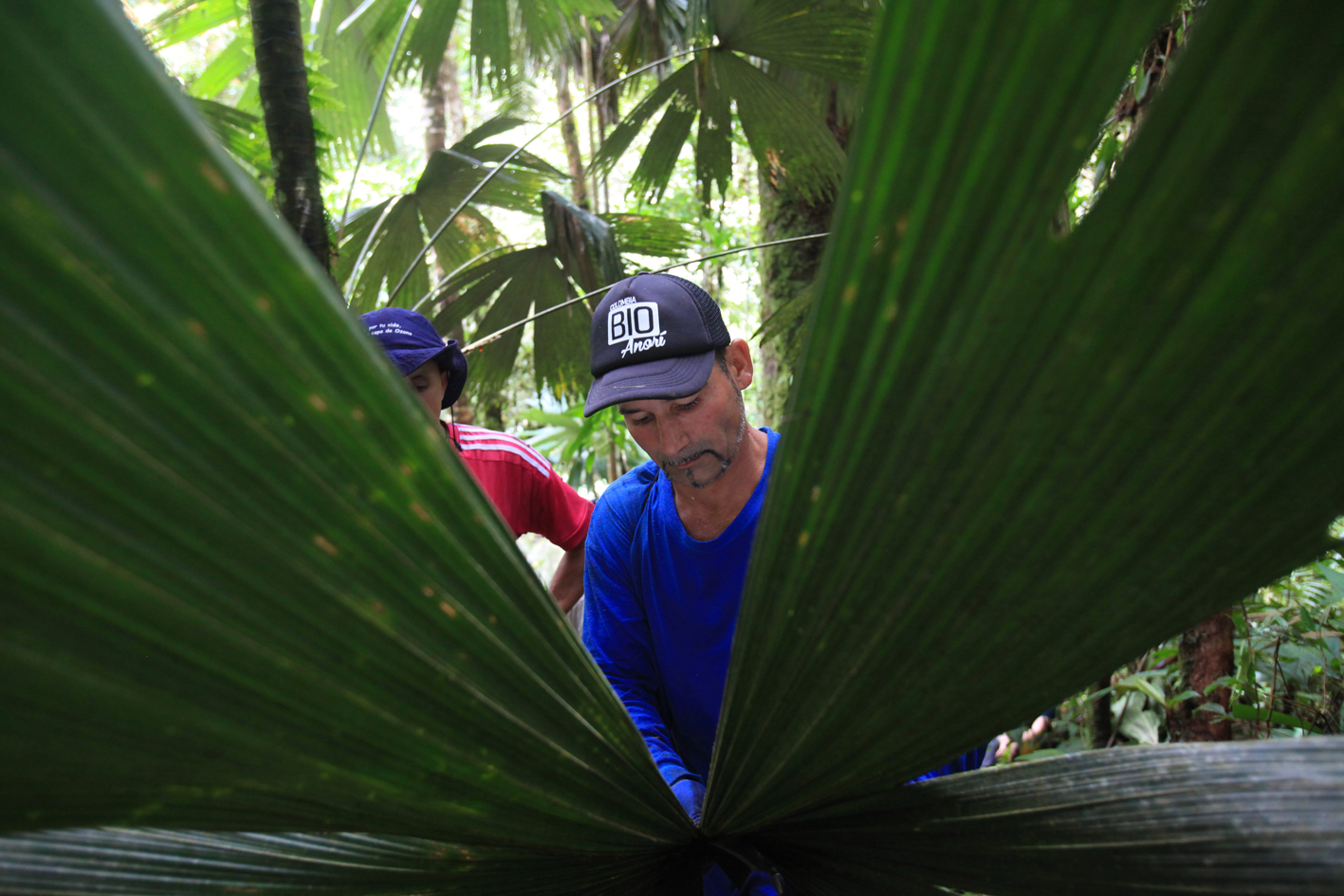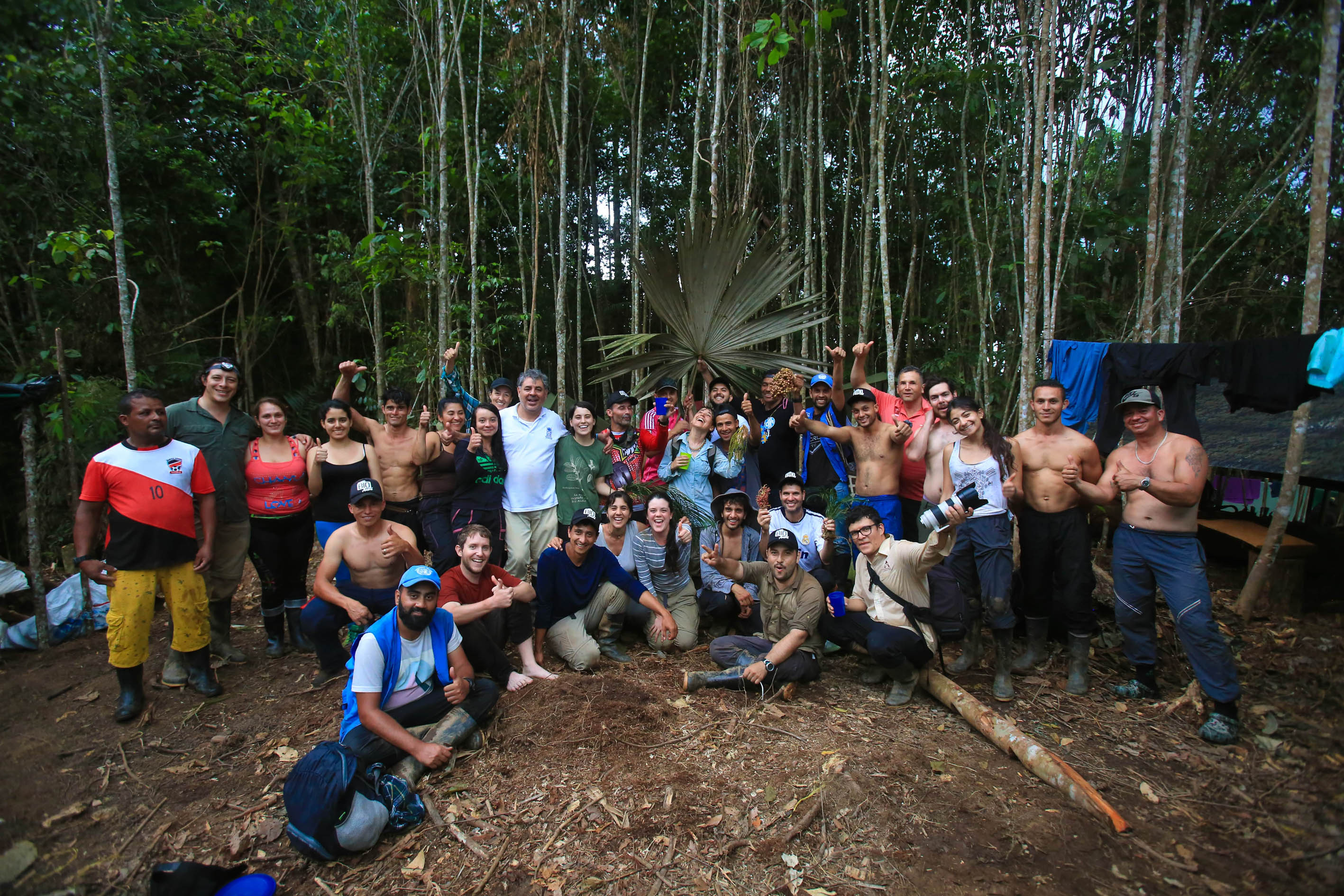A group of ex-guerilla combatants and academics conducted a common research project in the Colombian jungle which is part of the reintegration process of former FARC-fighters into the Colombian society. Robinson Henao accompanied them with his camera.
With the following pictures, you will be taken on a journey to the Colombian jungle while being introduced to a group of young people: ex-guerilla fighters, students and professors of three Medellín based universities. These 50 people participated in the reconciliation expedition “Bio Anorí 2018”, a project aimed at reintegrating former fighters of the Revolutionary Armed Forces of Colombia (FARC). The FARC-fighters were opposing the government in a civil war for more than fifty years, from the 1960s until they signed a peace agreement in 2016 and surrendered their weapons. In alignment with the agreement, they shall now be reintegrated in society. The project was executed by the EAFIT University of Mendellín, and sponsored by the Public Enterprises of Medellín (EPM) and the Development Program of the United Nations in Colombia (PNUD).
Photographer Robinson Henao accompanied the team of scientists and ex-combatants on a 12-day expedition to the Antioquian rainforest and shares his perspective on the expedition on the following pages. What he witnessed is a magical encounter between two groups of people, whom at first, do not have much in common. However, through their common expedition to an area that was formerly inaccessible to the public and controlled by the FARC, they started a process of co-learning and getting to know each other. What connects them today is not only the experience of participating in a mission to collect material and discover new species in a hardly accessible area, but the realization that they share a special human connection beyond the limits of their identity and history, beyond fear and conflict.

